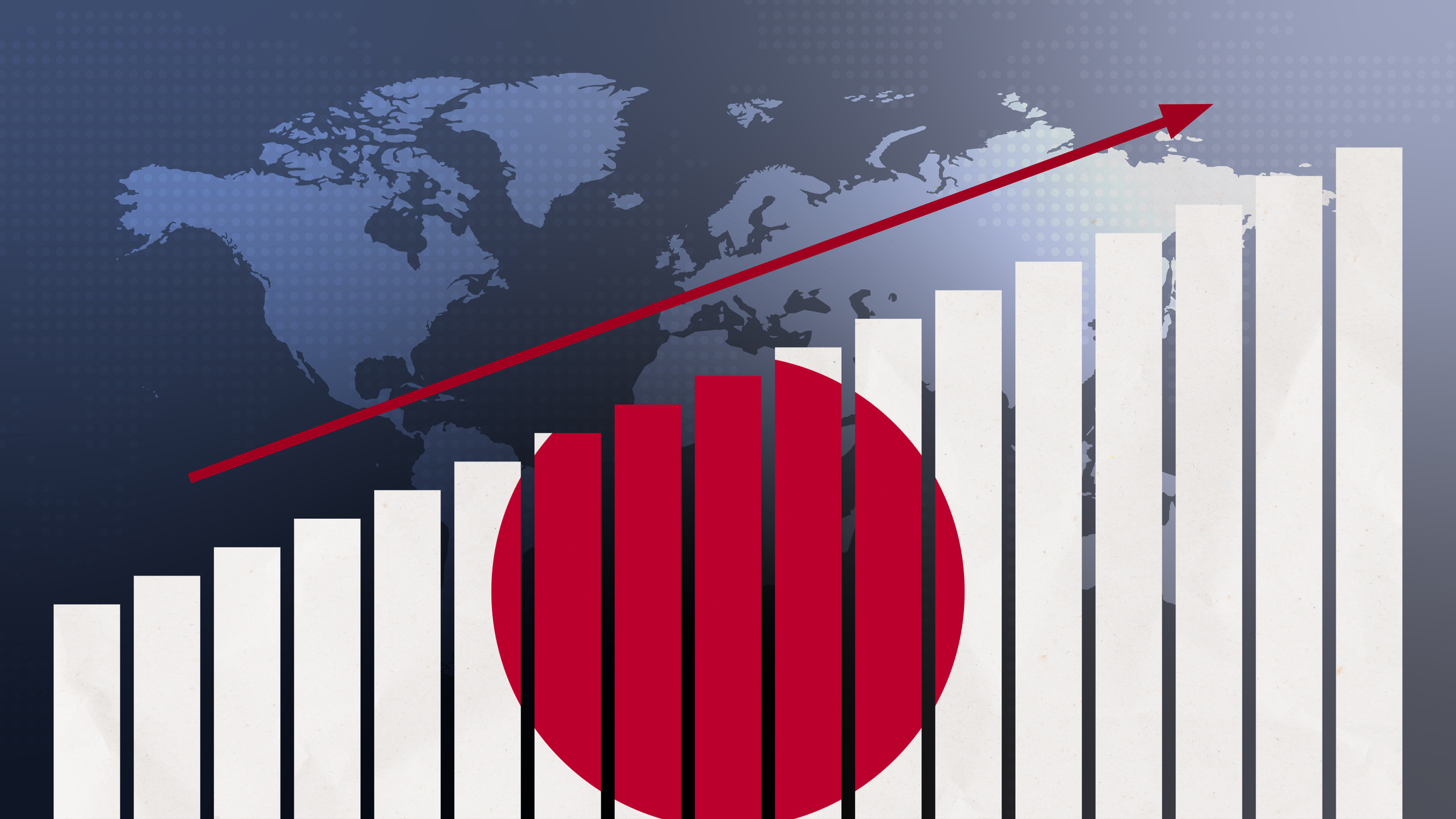Boring Old Bonds
blank
If you're nearing retirement, you already know that bonds can provide balance and stability -- and income -- for your portfolio. If you're in your twenties, bonds aren't as important -- but don't hit the "back" button just yet. Every portfolio can benefit from at least a small dose of fixed-income investments. That's especially true if you anticipate the need for a chunk of cash in the near future -- say, for a house or foray into grad school.
One approach is to split your investments into more than one portfolio, depending on your goals. Then you may have a long-term portfolio (most likely for retirement or college bills that are at least ten years away), a medium-term portfolio (for goals five to ten years away) and a short-term portfolio for goals three to five years away.
You don't need to worry about bonds in the long-term portfolio, because you have enough time to absorb the ups and downs of the stock market and still come out ahead. For medium-term goals, we recommend about a 20% fixed-income allocation. With the short-term portfolio, about 40% should be in bonds.

Sign up for Kiplinger’s Free E-Newsletters
Profit and prosper with the best of expert advice on investing, taxes, retirement, personal finance and more - straight to your e-mail.
Profit and prosper with the best of expert advice - straight to your e-mail.
A logical place to start
If you're just getting your portfolio off the ground, start with a core fund that tracks the Lehman Brothers Aggregate index (it's like the SP 500 for bonds). Core funds typically have a mix of general, intermediate-term bonds with maturities of three to ten years. Bonds in these funds are mostly investment-grade quality (triple- or double-A as rated by Moody's or Standard & Poor's). They own few, if any, lower-rated, "junk" bonds.
A few core funds worth considering: Harbor Bond fund (HABDX; 3-year annualized return, 9.7%), run by bond-investing guru Bill Gross, who has one of the best long-term records of any bond fund manager. This fund sticks to higher-quality, shorter-maturity bonds and is less risky than some of its peers.
The holdings of Loomis Sayles Bond fund (LSBRX; 3-year annualized return, 6%) are a bit more diverse and also a bit riskier than Harbor's, since it owns more foreign debt and junk bonds. But under the right economic conditions, more speculative holdings can turn into higher rewards.
Finally, there's Vanguard Intermediate-Term Tax Exempt (VWITX; 3-year annualized return, 7%). This fund's teeny expense ratio of 0.2% makes it attractive. Plus, the fund has most of its holdings in AAA or AA-rated debt and isn't as interest-rate sensitive as some of its peers, making it perfect for investors looking to sidestep volatility.
Depending on what type of investor you are, you may be able to get away with owning just the core fund. If retirement looms, or you know you'll be relying on the income or principal within the next three to five years, just add to it.
Branching out
Investors in the top tax bracket may want to check out municipal bond funds, which are cheap right now relative to the taxable bond market, says Eric Jacobson, a fixed-income and mutual fund analyst with Morningstar. Credit quality is the biggest concern with munis. Log on to Morningstar.com to see the bond quality breakdown of just about any bond fund. For example, 65% of American Century FL Municipal Bond (ACBFX) holdings are AAA and 19% are AA.
High-yield corporate (junk) bond funds are a nice bridge between bonds and stocks, but because of risk, you don't want these types of funds to be any more than 10% of your portfolio. Treasury inflation-protected securities are also a great diversifier, and the funds have done well thanks to falling interest rates (see "Tips for Investing in TIPS").
If your savings goal is really close, funds with the shortest maturities are the best bet because they have the lowest price risk. Again, Morningstar's fund "style box" shows the funds' average bond duration.
All the funds mentioned in this article are no-load and have expense ratios of 1% or less. Expenses are crucial, Jacobson says, "more so than for stocks funds, since the range of returns is much narrower and every penny counts."
For suggestions on how to build entire portfolios of both stock and bond funds, see Kiplinger's Fund Portfolios.
The fund advantage
Why do we recommend funds instead of individual bonds? When it comes to do-it-yourself bond trading, you're okay if you stick with plain-vanilla Treasuries, says Jacobson. Fees are minimal, risk is low because they're backed by the government, they're relatively easy to buy and sell, and you usually don't have to deal with call provisions.
But bonds other than Treasuries -- municipal or corporate bonds, for example -- don't trade on a centralized exchange, like stocks, so it's difficult to get an accurate quote. Plus, if you buy bonds through a broker, there's likely to be a commission. If you're trading them yourself, you have to ask -- is the price you're getting is a fair one?
Credit quality also becomes an issue, since Uncle Sam can't bail out every hospital, telecom or community project that goes belly-up.
Then there are call risks. Say you bought a bond with a 30-year maturity that was callable in ten years. If interest rates are low enough, the issuer could buy it back, and you become stuck with the money and the task of finding another place to invest it -- typically at a lower rate of return. The call option built into a bond has a certain value associated with it, which affects the bond's yield and price.
Bond fund managers are trained to analyze and deal with all the elements that determine a bond's worth. They can avoid overpaying (which individuals often do) and can add value to their funds by exploiting the inefficiencies of the bond market.
Get Kiplinger Today newsletter — free
Profit and prosper with the best of Kiplinger's advice on investing, taxes, retirement, personal finance and much more. Delivered daily. Enter your email in the box and click Sign Me Up.
-
 Stock Market Today: Stocks Gain on Tech, Auto Tariff Talk
Stock Market Today: Stocks Gain on Tech, Auto Tariff TalkThe Trump administration said late Friday that it will temporarily halt tariffs on some Chinese tech imports.
By Karee Venema
-
 Sam's Club Plans Aggressive Expansion: Discover Its New Locations
Sam's Club Plans Aggressive Expansion: Discover Its New LocationsSam's Club expansion plans will open up to 15 new stores each year. Learn where they plan to open in 2025.
By Sean Jackson
-
 What DOGE is Doing Now
What DOGE is Doing NowThe Kiplinger Letter As Musk's DOGE pursues its ambitious agenda, uncertainty and legal challenges are mounting — causing frustration for Trump.
By Matthew Housiaux
-
 A Move Away From Free Trade
A Move Away From Free TradeThe Letter President Trump says long-term gain will be worth short-term pain, but the pain could be significant this year.
By David Payne
-
 Trump’s Whirlwind Month of Crypto Moves
Trump’s Whirlwind Month of Crypto MovesThe Kiplinger Letter The Trump administration wants to strengthen U.S. leadership in the cryptocurrency industry by providing regulatory clarity.
By Rodrigo Sermeño
-
 What Could Derail the Economy This Year?
What Could Derail the Economy This Year?The Letter While the outlook for the U.S. economy is mostly favorable, there are plenty of risks that bear watching.
By David Payne
-
 Three Ways President Trump Could Impact the Economy
Three Ways President Trump Could Impact the EconomyThe Letter Some of Trump's top priorities could boost economic growth, but others risk fueling inflation.
By David Payne
-
 Europe Faces Economic and Political Headwinds Next Year
Europe Faces Economic and Political Headwinds Next YearThe Letter Challenges for Europe: Potential tariffs, high energy prices and more competition from China will weigh on the bloc in 2025.
By Rodrigo Sermeño
-
 Don't Sleep on Japan's Economic Transformation
Don't Sleep on Japan's Economic TransformationThe Letter After almost three lost decades, Japan — one of the world's biggest economies — is finally showing signs of life.
By Rodrigo Sermeño
-
 Start-ups Trying to (Profitably) Solve the World’s Hardest Problems
Start-ups Trying to (Profitably) Solve the World’s Hardest ProblemsThe Letter More investors are interested in companies working on breakthrough science to tackle huge societal challenges. The field of deep tech has major tailwinds, too.
By John Miley